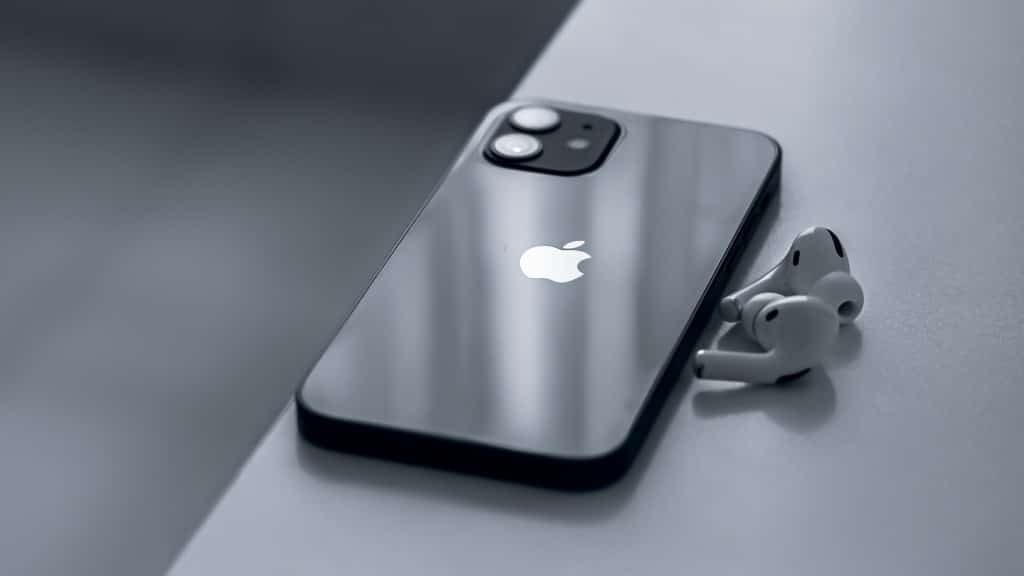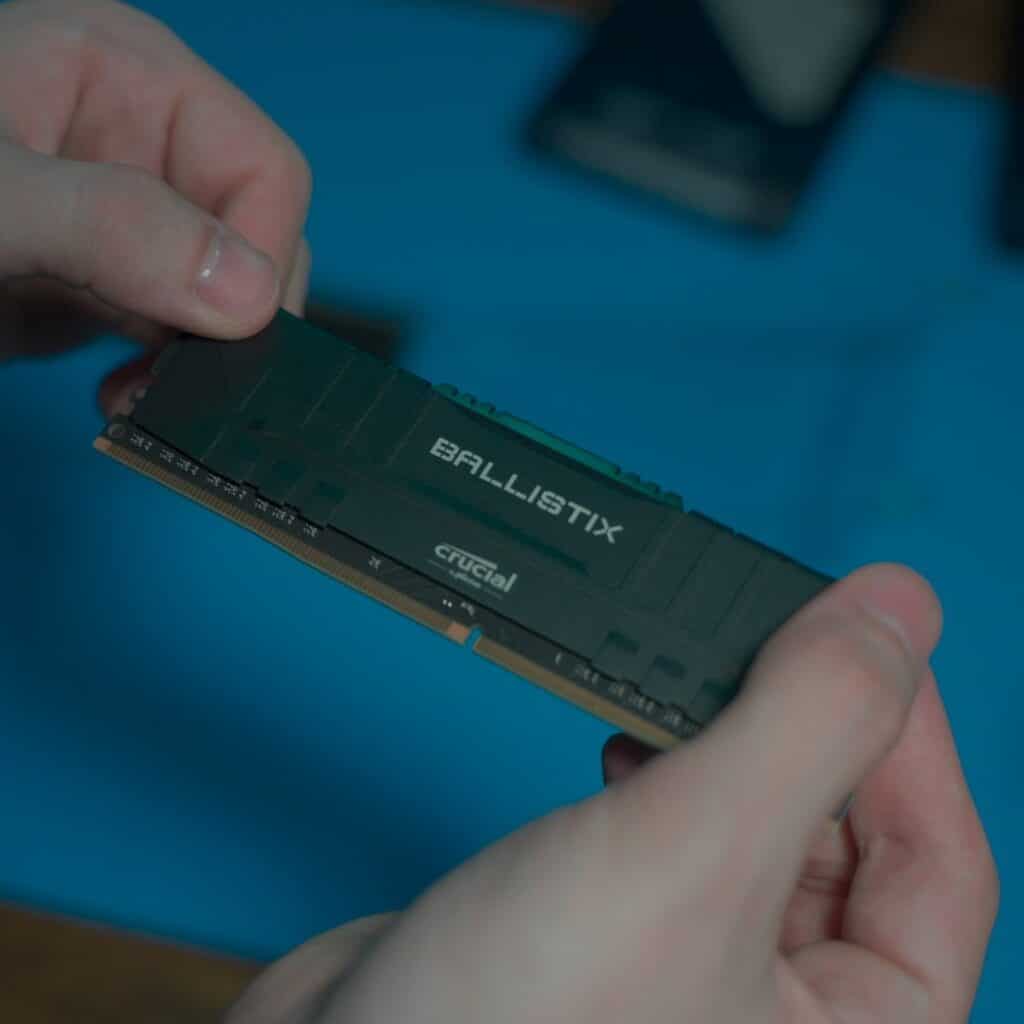When you purchase through links on our site, we may earn an affiliate commission. Learn more...
Why Do Apple Devices Need Less RAM than Android ones?

Have you ever wondered why iPhones, iPads, etc… have less RAM than Android and Google devices, and yet they outperform them in so many different areas?
Well, not everyone knows this but it is closely related to their design principles about background processes. Let me explain further…
Key Takeaways
- Apple’s “push notification” system is independent and uses its server to communicate with apps and send notifications to the user.
- Android’s “push notification” system allows each app to have its background process and directly send notifications from its server, resulting in the need for more RAM.
- iOS does not allow apps to take up RAM according to their preference and automatically deallocates memory when apps are shut down.
- Apple has full control over iOS and can optimize it for memory efficiency, while Google does not have that level of control over Android.
How can Apple devices use less RAM?

Apple Devices need less RAM to operate because they have fewer applications running in their background. They achieved that by simplifying the communication process of their devices.
They only need one port to communicate with Apple’s server, instead of the multiple different ports for each application that Android has.
Both operating systems have a “push notification” system which allows them to get an update from the application and then deliver it to you in the notifications area of your smartphone.
For instance, somebody sends you a message on Facebook, you then get a notification on your phone and you open the application to connect to the Facebook server and start receiving data.
How does Apple’s “Push Notification” system work?

Apple’s “push notification” system is independent and works like this: They have their own server which communicates with the application and then they send the notification from their server to you.
The iOS does not allow the apps to take RAM size according to their preference and when you shut down any application, iOS automatically deallocates any memory that’s in use. As a result, fewer APPS run background processes, and therefore, less RAM is required.
iOS is written in “Swift” while Android and its applications use “Java” which is known for recycling the used memory back into the system.
How does Android’s “Push Notification” system work?
Android’s “push notification” system works like a computer system. In other words, each APP has its background process which allows it to communicate with the user and directly send notifications from its server.
Consequently, having more background processes means more RAM is needed.
Finally, Apple is aware of the needs that each application has in terms of memory, and as a result, their devices run efficiently. Google on the other hand doesn’t have that kind of control over Android devices.






